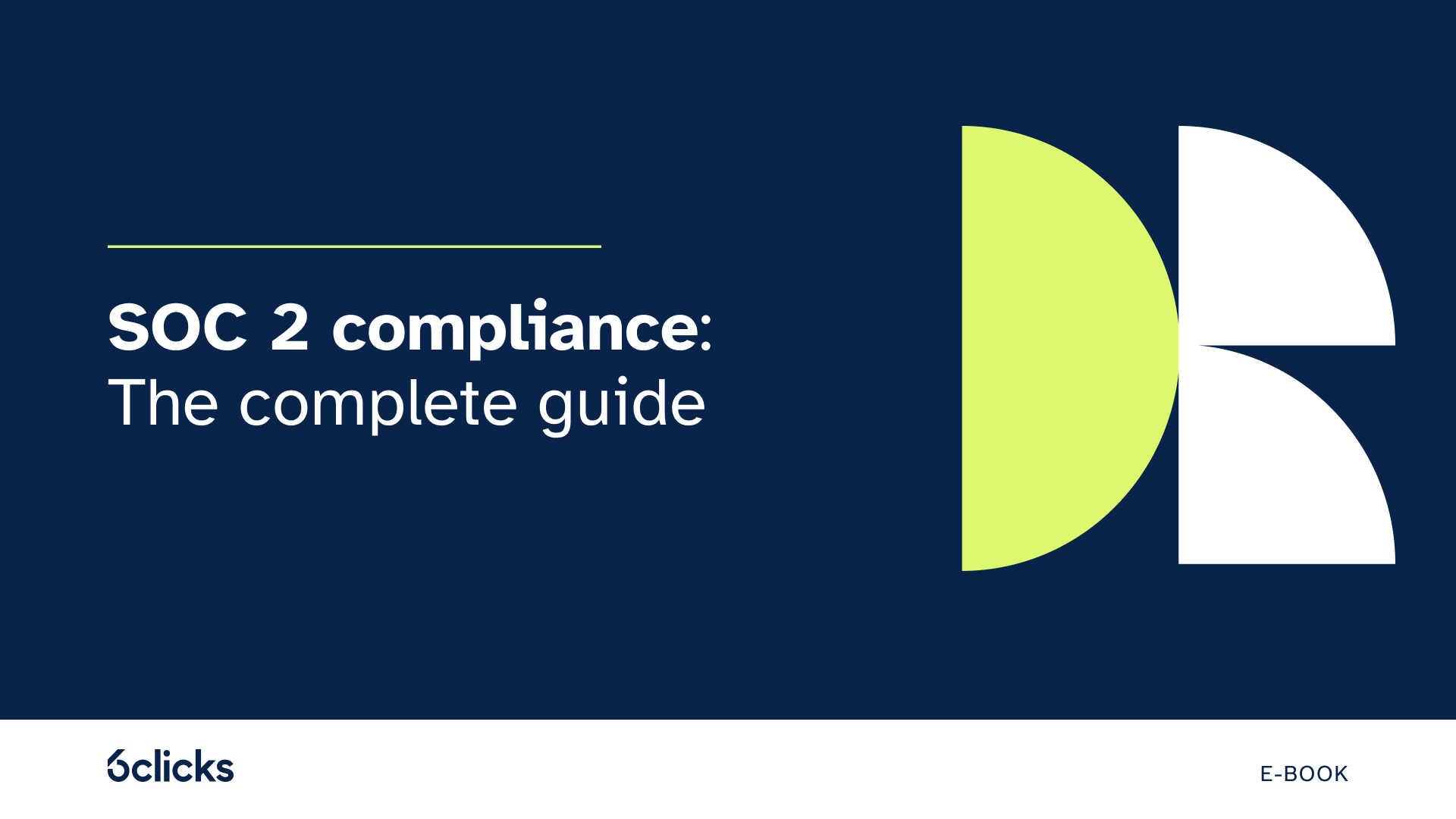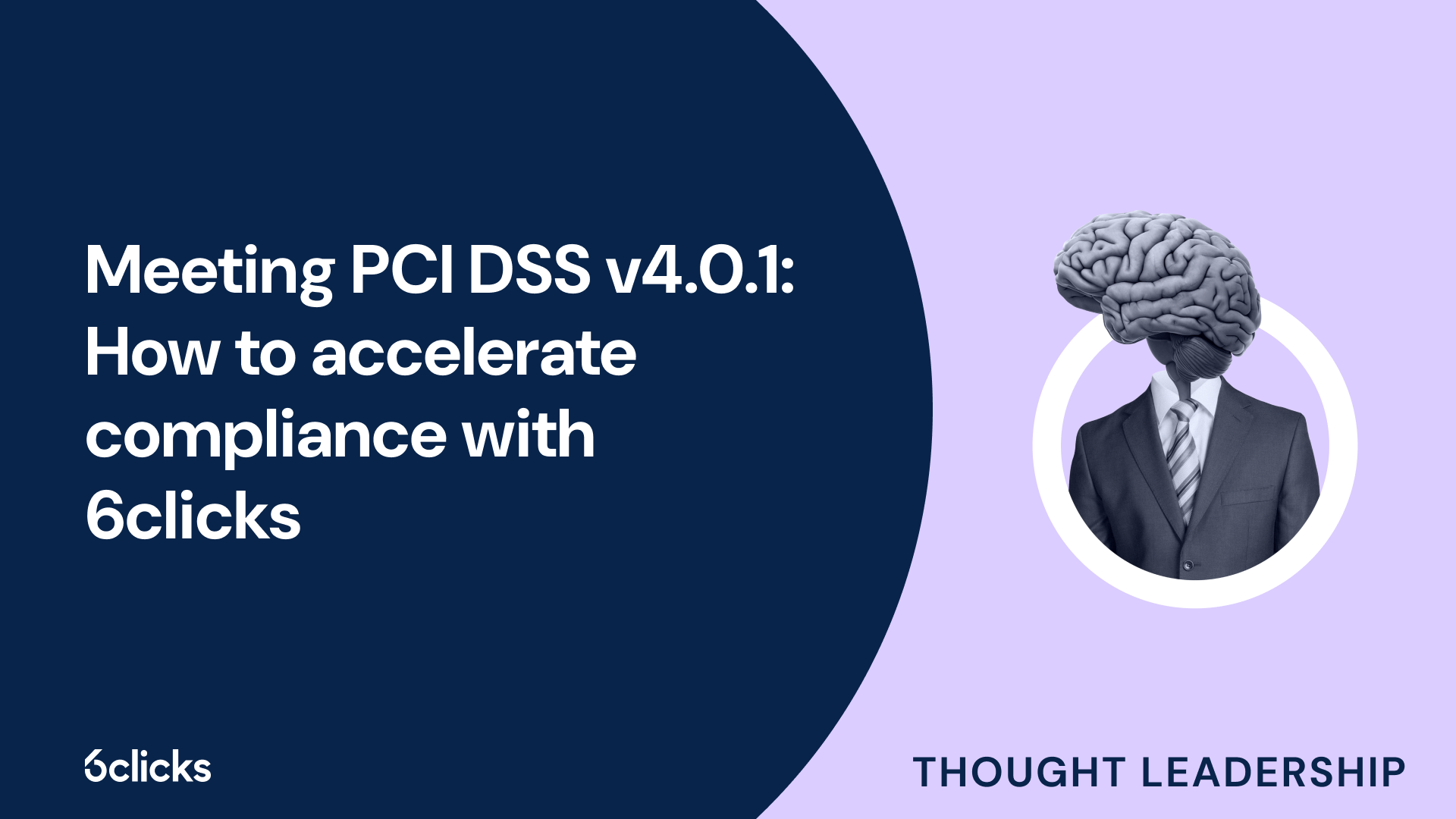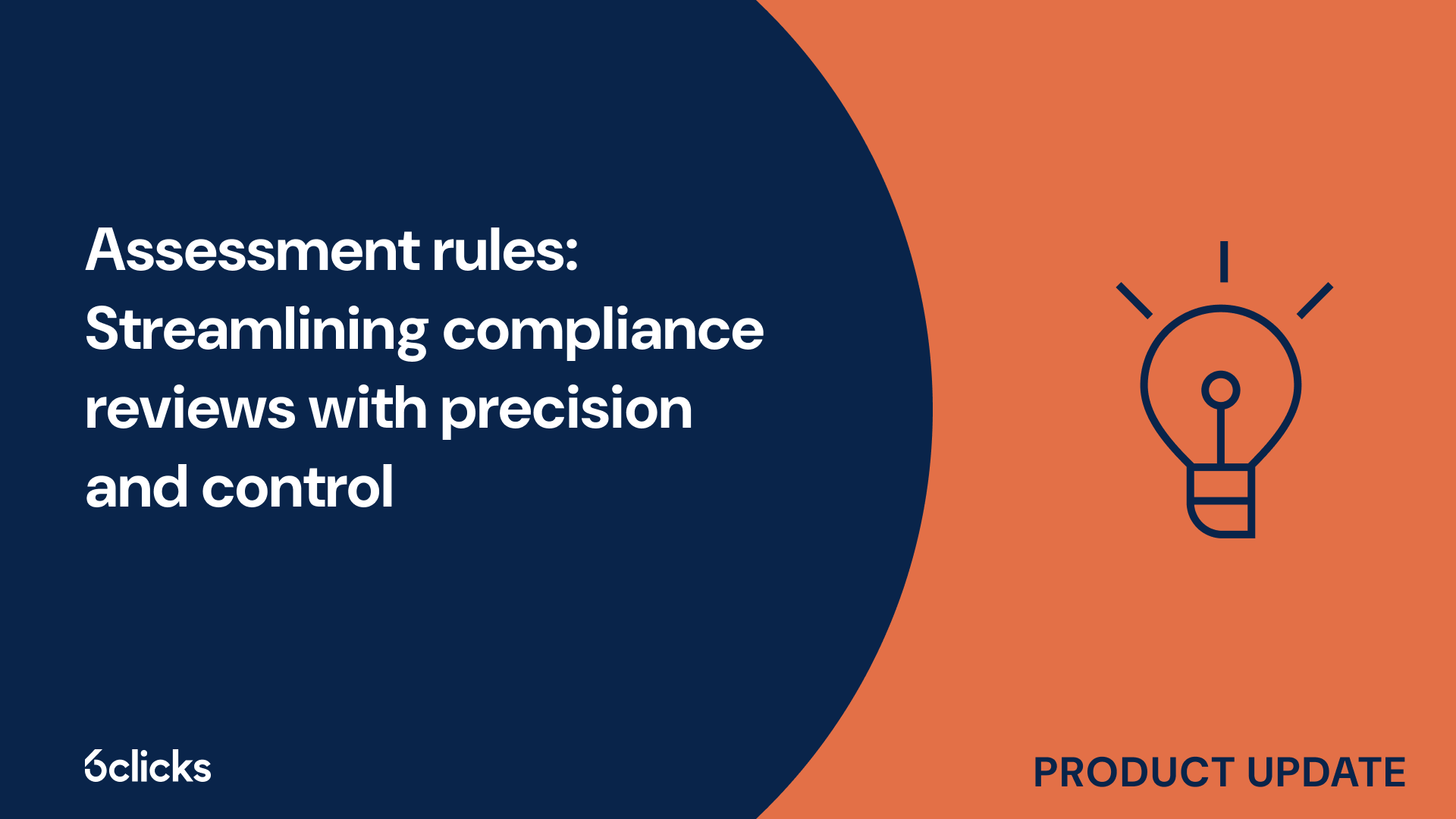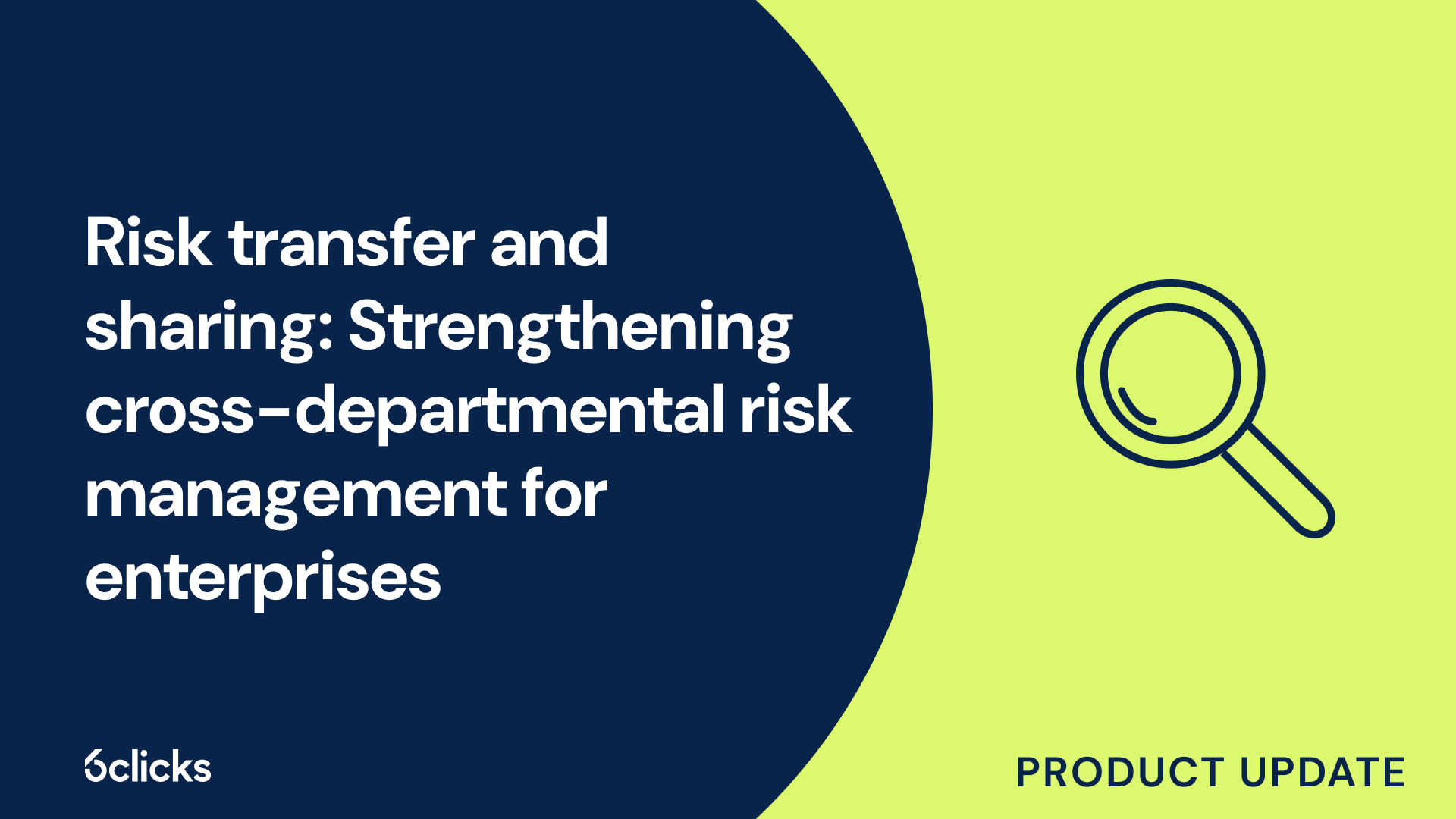The GRC buyer’s guide for 2025: Building resilience with AI-powered, federated solutions
Discover the ultimate GRC buyer's guide for 2025! Uncover how AI-powered, federated solutions transform compliance and security management for industries like government, aerospace, banking, and more. Learn about centralized control, continuous compliance, and advanced cyber GRC capabilities. Download now!
-1.png?width=200&height=249&name=Group%20193%20(1)-1.png)
The GRC buyer’s guide for 2025: Building resilience with AI-powered, federated solutions
What is business risk and financial risk?
Business risk and financial risk are two fundamental concepts in the world of commerce and investment. Understanding these risks is crucial for business owners, investors, and financial managers as they navigate economic challenges. While both types of risks can impact a company's stability and profitability, they differ in nature and implications. This article explores the definitions, causes, and differences between business risk and financial risk.
What is business risk?
Business risk refers to the potential for a company to experience lower profits or losses due to various factors that affect its operations. These risks can arise from internal and external sources, including market conditions, competition, operational inefficiencies, regulatory changes, and consumer preferences. Business risk is inherent in every industry and cannot be entirely eliminated, but it can be managed and mitigated.
Types of business risk
- Strategic risk: Arises from poor business decisions or failure to adapt to market changes.
- Operational risk: Stems from inefficiencies in internal processes, technology failures, or human errors.
- Market risk: Includes risks related to changes in consumer demand, economic downturns, or industry-specific fluctuations.
- Compliance risk: Results from changes in laws and regulations that impact the business operations.
- Reputational risk: Occurs when a company's brand image is negatively affected due to controversies, poor customer service, or product failures.
Causes of business risk
- Market competition and disruptive innovations
- Changes in consumer behavior and preferences
- Economic downturns and geopolitical events
- Supply chain disruptions and rising operational costs
- Legal and regulatory changes
What is financial risk?
Financial risk refers to the possibility of losing money due to poor financial management, market fluctuations, or external economic factors. This type of risk affects both businesses and investors, leading to difficulties in meeting financial obligations, managing debts, and sustaining profitability. Unlike business risk, financial risk is often linked to how a company manages its capital structure and financing activities.
Types of financial risk
- Credit risk: The risk of default on loans or credit obligations by borrowers.
- Liquidity risk: The inability of a company to convert assets into cash to meet short-term financial needs.
- Market risk: The risk of financial losses due to changes in market variables such as interest rates, exchange rates, and stock prices.
- Interest rate risk: The risk that fluctuating interest rates will impact borrowing costs and investment returns.
- Foreign exchange risk: The potential loss due to currency exchange rate fluctuations affecting businesses with international operations.
Causes of financial risk
- High levels of debt and leverage
- Poor financial planning and cash flow management
- Economic instability and inflation
- Interest rate fluctuations and market volatility
- Weak investment strategies
Key differences between business risk and financial risk
- Nature of risk: Business risk is related to operational and external market conditions, while financial risk pertains to financial decisions and capital management.
- Impact on business: Business risk affects overall profitability, while financial risk impacts a company’s financial health and solvency.
- Control and management: Business risks can be mitigated through strategic planning and market adaptability, whereas financial risks require prudent financial management and investment strategies.
- Types of losses: Business risk leads to lower revenues and reduced market share, while financial risk can result in debt defaults and liquidity crises.
How to manage business and financial risk?
- Diversification: Expanding product lines and market presence to reduce dependency on a single revenue source.
- Risk assessment and planning: Regularly analyzing risk factors and developing contingency plans.
- Strong financial management: Implementing sound budgeting, financial forecasting, and maintaining an optimal capital structure.
- Regulatory compliance: Staying updated with industry regulations to avoid legal risks.
- Market research: Monitoring industry trends and consumer behaviors to stay competitive.
Summary
Business risk and financial risk are inevitable aspects of running a company, but understanding their differences and causes can help businesses make informed decisions. Business risk revolves around operational challenges, while financial risk concerns financial health and stability. Effective risk management strategies, including diversification, strong financial planning, and compliance, can mitigate the impact of these risks, ensuring long-term success. By proactively addressing both business and financial risks, organizations can safeguard their growth and sustainability in a competitive market.
Get started with 6clicks
Manage diverse types of risks effectively with 6clicks' all-in-one risk management and compliance platform. Streamline risk assessments, create risk treatment plans, implement controls and other risk mitigation measures, and use AI-powered tools to automate various processes such as risk identification, task generation, and more.
Learn more about 6clicks.












